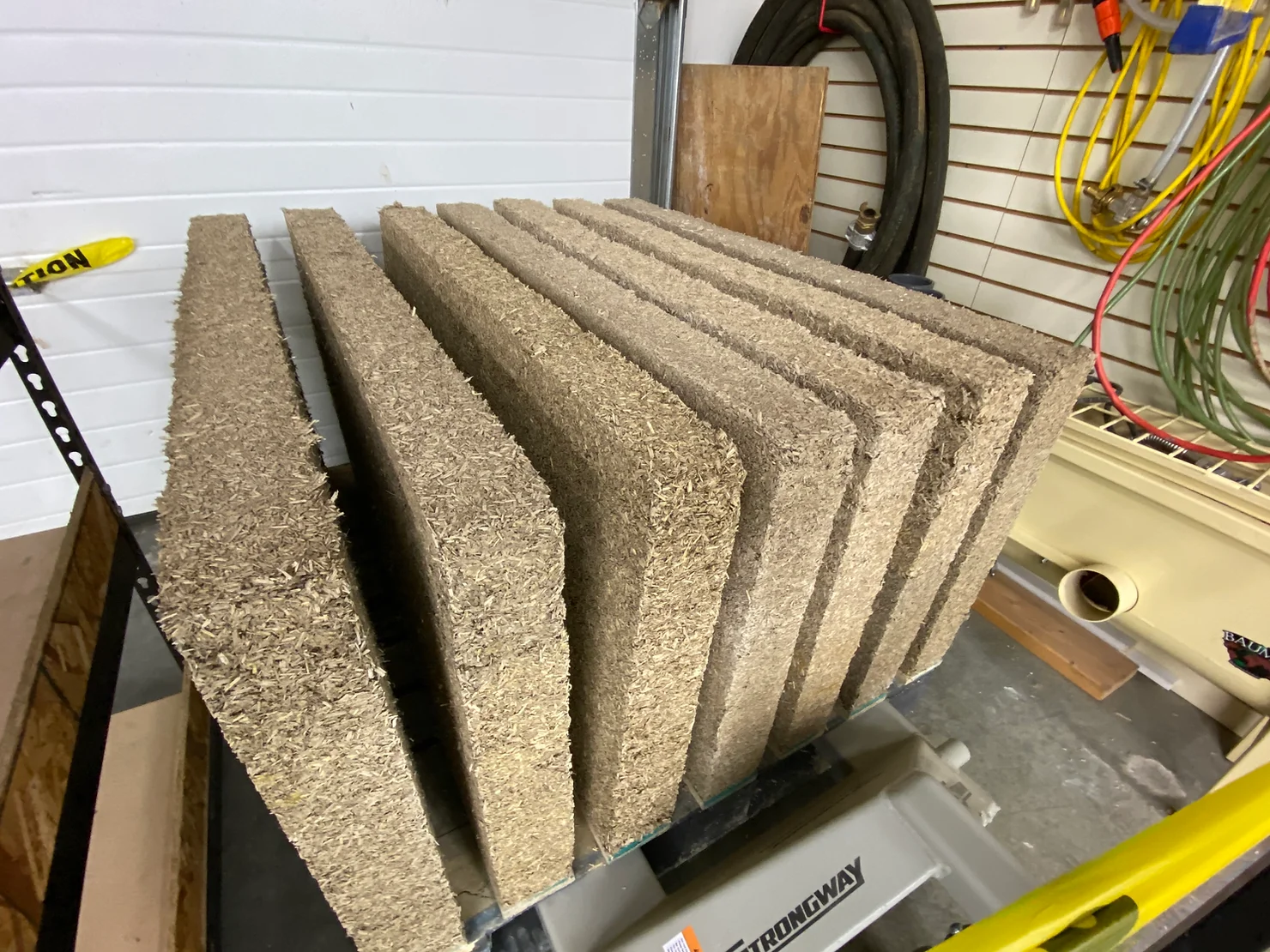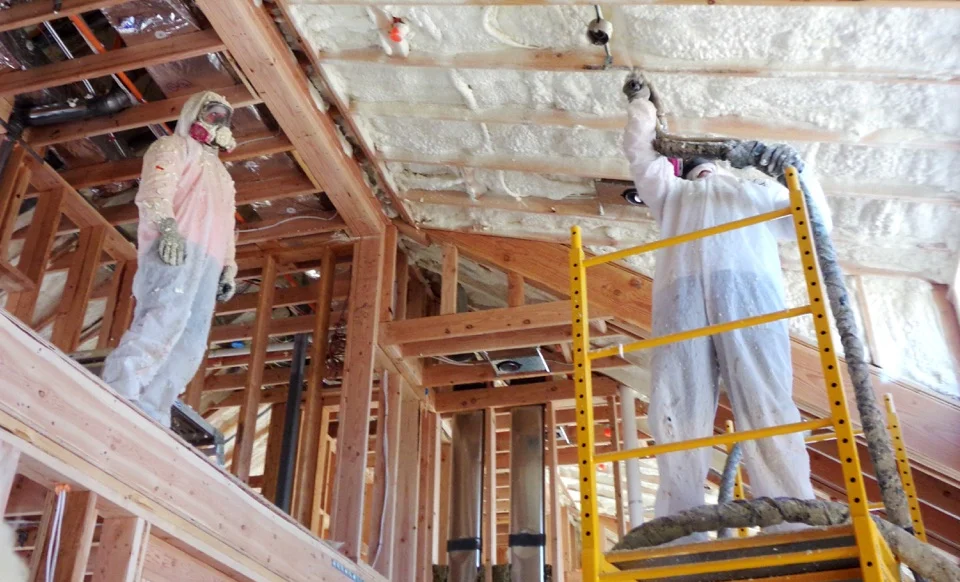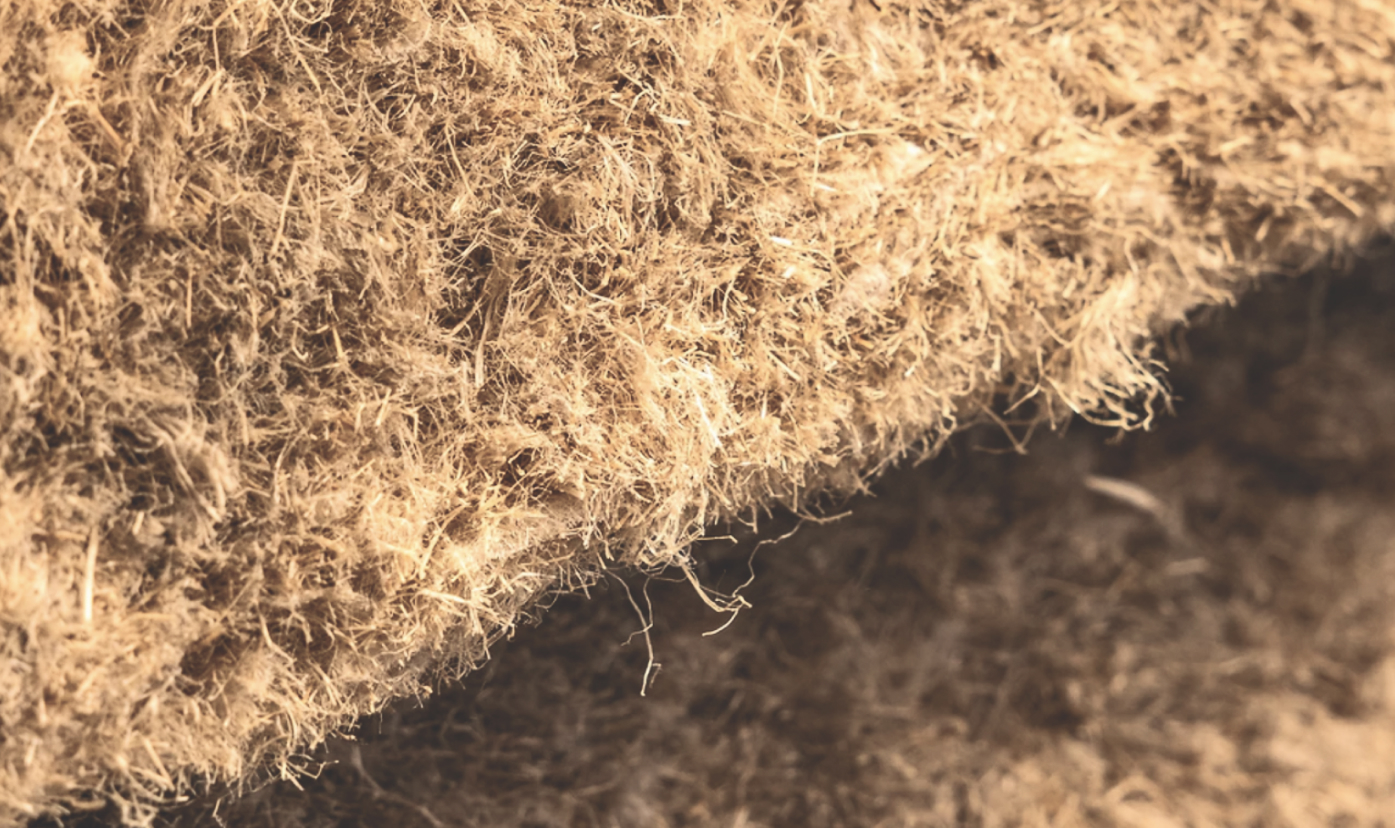Spray Foam as it’s known today, emerged in the 1980s and has since been marketed as the latest and greatest innovation in home insulation, including as a material for “green building” due to its ability to help conserve energy. This petroleum-based chemical insulation applied on the inside of walls, caught on fast as it offered more “coverage and protection” from the elements. The effort in securing the market share for this material as insulation has been a great strategy – but from a building perspective, spray foam can age poorly, shrink in which case it’s no longer airtight, or even separate – leaving those exposed to it at greater risk.
While there is an everlasting list of decisions to make when building, insulation should not be one choice you let others decide for you. Spray foam insulation sometimes goes wrong, and it leads to problems that might need massive costly overhauls. Here are some of the limits and risks to consider with using spray foam for your renovation project or new home build and what material to choose instead:

The material is made from unhealthy chemicals
The ingredients in spray foam typically include chemicals such as isocyanate, polyol, formaldehyde, and blowing agents and additives like toxic flame retardants. Isocyanate often comes from methylene diphenyl diisocyanate (MDI), and the manufacturing of MDI includes such ingredients as benzene, chlorine compounds, and formaldehyde. MDI is a known allergen and sensitizing toxicant.
EPA’s SPF action plan for MDI is being developed within its Design for the Environment (DfE) program under jurisdiction from the Toxic Substances Control Act (TSCA), which requires U.S. chemical manufacturers, importers, processors, and distributors to report to EPA any information suggesting that one of their chemicals “presents a substantial risk of injury to health or the environment.”
In far too many instances, homeowners have had to permanently vacate their new or newly-renovated homes because of chemical sensitivity apparently initiated by the insulation. Examples of this include this one with over $2.5m damages awarded for “life-altering serious injuries as a result of exposure to chemicals” or this home in Canada made unlivable due to fumes from a spray foam job. According to OSHA, long-term exposure to the chemicals used in spray foam can cause lung irritation, skin irritation, and respiratory issues.
According to Ecohome – it gets worse when you consider where spray foam tends to be used; smaller jobs where the overall cost increase may be more acceptable such as tiny homes, shipping container homes, and basements. Tiny Homes, for instance, can lack solid ventilation systems, leaving you penned in with your newly sprayed chemicals, and certainly, no off-gassing will occur to the outside with metal boxes and concrete basements.
The Embodied Carbon is Extremely High
Spray foam insulates well, hence why there is a marketing strategy stating that it helps to reduce global warming. However, the gas used to make the bubbles in the foam is often a gas called hydrofluorocarbon or HFC. If these gases sound familiar it may be because of their cousins, chlorofluorocarbons, or CFCs, which became infamous for causing the hole in the ozone layer. CFCs were banned in 1996. They were replaced by hydrofluorocarbons, which don’t deplete the ozone layer but were later found to cause global warming. Hydrofluorocarbons can be about 1,000 times as strong as carbon dioxide in causing global warming, installing spray foam has a high carbon footprint even if it insulates well.
For those wishing to reduce their impact during construction and renovations, it’s worthwhile to consider the embodied energy of products and remember that polyurethane requires an input of 14 times more energy to achieve the same thermal performance as hemp. And at the end of life, hemp insulation is reusable and/or recyclable, which is not the case for polyurethane.
Improperly Installed Spray Foam is Risky
At surface level, spray foam insulation looks easy. It’s not. The installer must know how to ratio the ingredients to get the right consistency for the foam. They must also know the basics of house layouts so they don’t miss sections or cover sensitive spots like wire channels and electrical outlets.
In complex houses, seeing exactly where the building enclosure is can be a challenge. If the installer misses areas, it may or may not be an air leak, but it will definitely be a thermal bypass because of the lack of insulation. Every part of the building enclosure must be insulated, or the home will have excess heat loss/gain.
Foul smell is one of the biggest problems with improper spray foam insulation. Some homeowners don’t know what they’re getting when they hire a contractor. Usually, a foul odor is an indication of bad ratio mixing or bad chemicals in the foam. Spray foam is prepared on the job site, as opposed to in a factory. Another cause of stinky spray foam is poorly ventilated space. Spray foam mixing and off-gassing give off heat. You have to pre-ventilate your home to avoid the concentration of foul odor in your home. In extreme circumstances, it becomes permanent.
Undoing Spray Foam Insulation Is Expensive
Once spray foam is applied to a substrate, it is extremely difficult to remove it, and over a long period, this material has been shown to have fluctuated and shrunk exposing air drafts in your insulation. If you try to reclaim wood or other materials that have been coated with spray foam, it can create toxic dust in the process of removing the foam which can be very dangerous to those carrying out such work. Aside from just the health risks, simply the cost of trying to salvage spray-foamed materials is the reason they will virtually all end up in a landfill. Even now the price of lumber is astronomically high which has motivated many to reuse wood as much as possible – this can only make it more difficult in justifying the cost of paying someone to scrape the toxic foam off a 2×6.
Spray foam insulation damage is not immediately noticeable in some cases. Issues such as pressure build-up and wood rot can thrive for a long without a homeowner noticing. It becomes expensive to repair insulation damage when it’s too late. For example, if pressure changes damage the roof or get a bad odor, you might need to undo an entire section of the house. This can cost you time, money, and peace of mind.
In summary
As it stands, there are tradeoffs associated with each type of insulation available on the market and there is no one-size-fits-all answer. It may take more space to get the same insulating value out of other products, but air quality and recyclability are issues that have to be considered in green buildings as well as energy.

HempWool has many benefits when used as an insulation choice. It is non-toxic, not susceptible to mold, and is resistant to pests. HempWool is also vapor-permeable – meaning that moisture moves right through it which helps regulate the flow of vapor that is a natural result of the difference between indoor and outdoor temperatures. The phase-shift regulation qualities of HempWool help keep the indoor climate and relative humidity of your home comfortable year-round.
The long-term impact of whatever insulation you choose should also be taken into consideration. No building stands forever. No matter what type of insulation is used, buildings will be torn down, burnt down, or remodeled and that insulation will impact the people living and working in them well into the future. The key to any successful build begins with thoughtful design and quality building material selection.



